High water pressure in the kitchen sink is extremely important. If you are washing dishes after dinner or just looking to rinse some plates, proper hot water pressure in the kitchen sink should be extremely important. However, at times, you are likely to notice that it is practically not possible to get the right hot water pressure in the kitchen.
How to increase hot water pressure in the kitchen sink? The valves can be one of the huge culprits that can reduce the water pressure. Using a few techniques to clean up the clogged valves can prove to be an effective solution in increasing the pressure.
What Causes Low Water Pressure In The Kitchen Sink?
There can be several reasons that can cause a low hot water pressure in the kitchen sink. Understanding the exact culprit can help you pick the right solutions to increase hot water pressure in the kitchen sink.
- Clogging in the faucet or sprayer
- Pressure regulator issues
- Problems in pipelines
Let’s try to elaborate on each of them:
A few other issues that can cause the low water pressure in the kitchen sink can include the recent works that might have blocked a few connections, issues with the shut-off valve, and even the problems in the cartridge.
How to Increase Hot Water Pressure in the Kitchen Sink?
The most common causes that can result in low hot water pressure in a kitchen sink can be due to several reasons. The prime reasons that can cause low hot water pressure can include clogged flow restrictors and clogs in the waterline.
Clogging in the Flow Restrictor
The hot water pressure in your kitchen sink is regulated by the flow restrictor in your piping. It regulates the flow of water and provides you access to the requisite level of water pressure. If you find the flow restrictor malfunctioning, one of the common reasons can be it has been clogged.
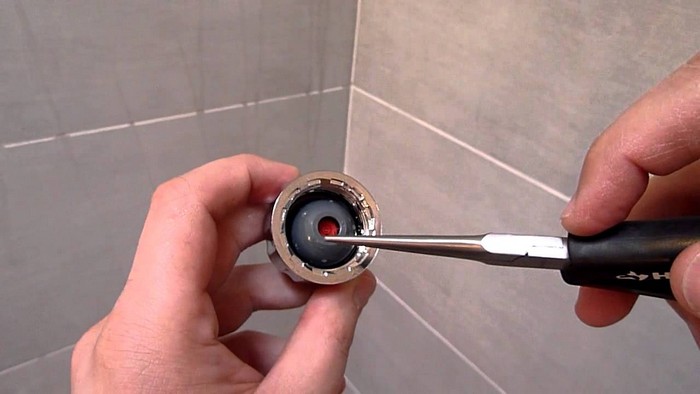
You can clean up the flow restrictor by following a few simple steps as outlined here:
That should ideally complete the task. Once you have ensured yourself that all the clogs have been removed, the next step would be to screw the flow restrictor back in its place.
A Clogged Water Line
A partially clogged waterline can be one of the prime reasons for the low hot water pressure in the faucet. Unlike as in the case of the flow restrictor, this can take a little more time and effort to fix it.
Once you are sure that all the debris from the main pipeline has moved out, you can simply reassemble all the parts of the faucet. If the partial clogging in the main water line is the cause of the issues, you should ideally get the high hot water pressure in the kitchen sink.
What Can Make a Faucet Quit Working?
There can be several reasons that can make a faucet quit working. Some of the reasons can be a wrong faucet design, a malfunctioning faucet, a block in the aerator, issues in the cartridge, and most importantly, the mineral deposits in the faucet and aerator.
Some of the common reasons why your faucet can quite working can be summarised as:
- Wrong size of water pipeline – in case the water pipeline size is quite smaller than the main water supply, you are likely to find your faucet stop working. It may be the same case when your pipeline is extremely larger when compared to the main pipeline. This does not let the pressure to develop, and your faucet can begin malfunctioning.
- A wrong configuration of the pressure regulator – A wrong configuration of the pressure regulator can result in the faucet quitting working. The inadequate pressure regulator can result in improper water pressure in your fixtures, and this can result in making the faucet quit working.
- Worn out faucet or accumulation of smudge in the faucet – This is one of the major reasons for the faucet to quit working. The high amount of scale can ultimately render the faucet completely non-working. The only option in such a situation is to replace the faulty faucet.
Low Water Pressure After Replacing the Cartridge – How to Fix?
If you have replaced your cartridge recently and facing low water pressure, it should primarily be due to the debris in your main pipeline. If you simply shut down the waterline before installing the cartridge, the small debris from the main pipeline or during the installation might have got lodged inside the cartridge. Cleaning up the cartridge and aerator should ideally help you increase the water pressure.
The best remedy you can use when you get low water pressure after replacing the cartridge would be to remove the cartridge and the aerator and clean them up. You can flush out the debris if any with a spray of hot water. You may even use a mixture of baking soda and vinegar to remove any of the debris that may have got deposited inside the aerator or the newly installed cartridge. Before you reinstall the cartridge, open the waterline, and this can help you flush out any of the clogs and debris in the main waterline. This will help you avoid the possibility of getting these debris into your aerator or cartridge.
Yet another solution that may work can be to opening and closing the shut-off valves beneath the sink several times when the water is running. This can loosen up the debris if any at the shut-off valves and normalize the flow of the water along with the water pressure.
Faucet Loses Pressure After a Few Seconds – What is the Remedy?
The prime reason for the issue where the faucet loses pressure after a few seconds can be the mineral built up in the main pipeline. A partially clogged water main is the primary culprit for the issue. If the pressure does not come back even after a while, it could even mean a fully clogged pipe. Flushing out the debris from the main waterline should be the right solution under these circumstances.
If you are facing the problem of faucet losing pressure after a few seconds on a hot water line, it can be due to the undersized supply lines to the water heater or from the water heater. However, it would be advisable to check the mineral build-up issues in the main waterline would be advisable before changing the piping.
Some of the reasons for the issue where the faucet loses pressure after a few seconds can be due to:
- A partially clogged water pipe –This can happen when there are a huge number of minerals in the water. This can come into your home and create a build-up at the faucet.
- Cracks in the pipe –In case your pipe is not clogged, there may be a few smaller cracks in the pipe. The crack may let in the air inside the pipe, and thus the pressure reduces.
- Faulty valves – The valve in your home may have got rusted or malfunctioning. This can also result in sudden pressure drops.
- Issues with the pressure regulator – A malfunctioning pressure regulator can also result in the cases where faucet lose pressure after a few seconds.
FAQs on How to Increase Hot Water Pressure in Kitchen Sink
The Bottom Line
If you are facing a low hot water pressure in the kitchen sink and checking out the options on how to increase hot water pressure in the kitchen sink, a few of the tips that have been outlined here should ideally help you resolve the issues. Most of the plumbing issues can be easily solved if you opt for the DIY techniques in many cases.

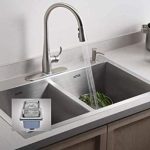

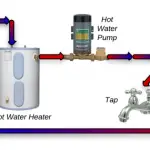
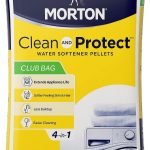
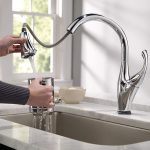






Add Comment